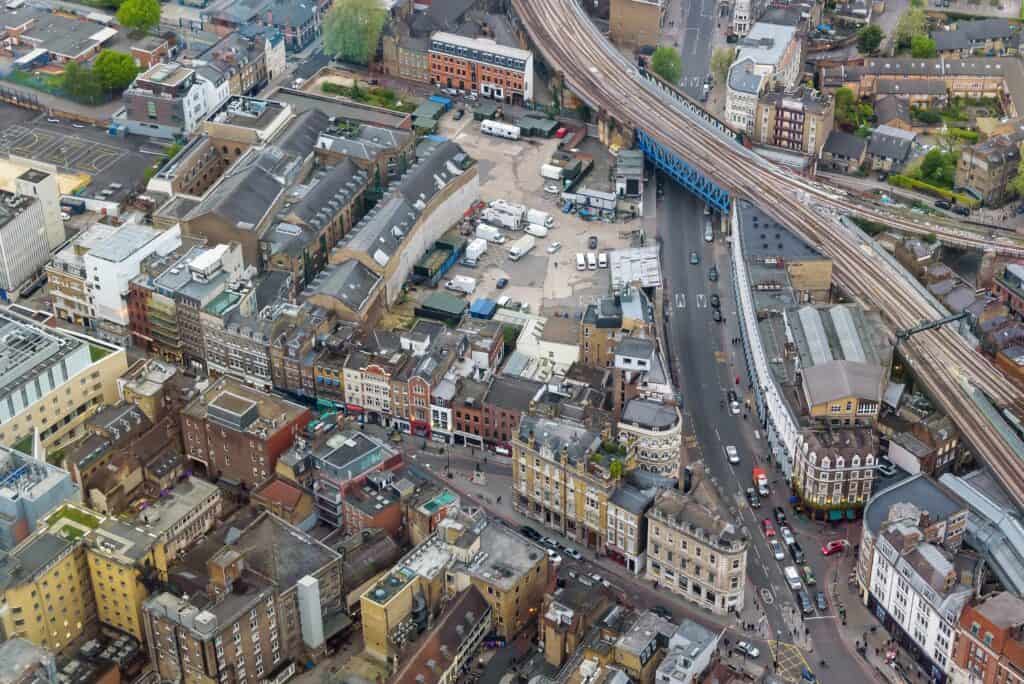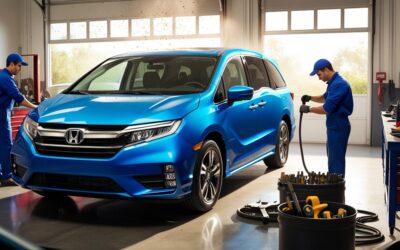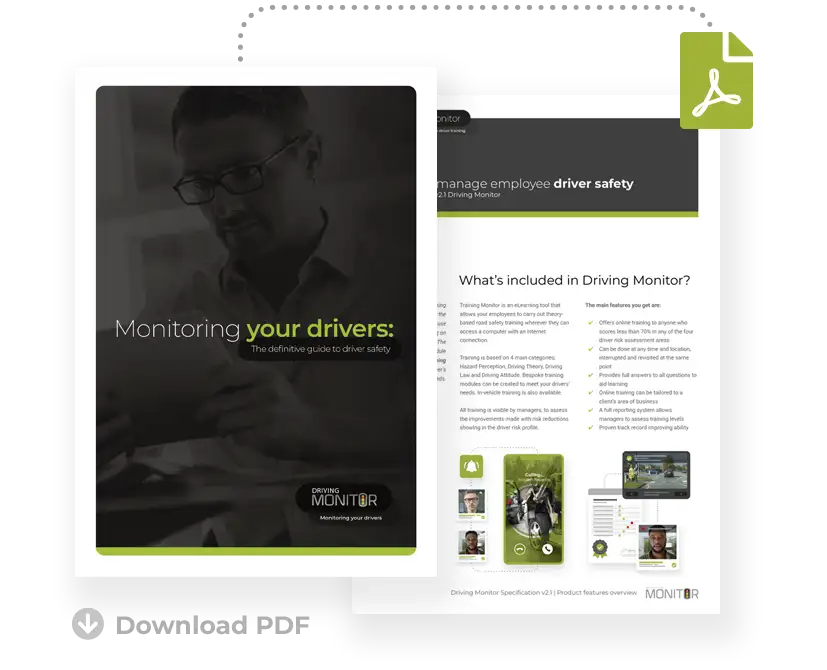London ULEZ expansion set to cost fleet owners £54 million

The expansion of London’s ultra-low emission zone (ULEZ) is set to cost fleet owners £54 million in additional charges in the next 12 months, according to research.
London’s ULEZ has been expanded to cover a wider area, and the total area is now 18 times larger than the original zone, which covered the same area as the original congestion charge zone.
With the government pushing forward with measures to achieve their net-zero target by 2050, local authorities are being encouraged to introduce low emission zones.
Since London’s congestion charge zone was one of the first in the UK, the English capital city has been at the forefront of expansion.
But the financial impact of the expansion could be significant…
What does it mean for fleets?
Fleet owners should be aware of the expanded ULEZ and the associated charges since their routes could be affected by it.
The emissions standards remain the same in the expanded zone, which are as follows:
- At least Euro 3 for motorcycles, mopeds, tricycles, and quadricycles
- At least Euro 4 for petrol cars, vans, minibuses, and other specialist vehicles
- At least Euro 6 for diesel cars, vans, minibuses, and other specialist vehicles
Vehicles that fail to meet the ULEZ emissions standards will be subject to a £12.50 daily charge.
With diesel vehicles responsible for 89% of NO2 concentrations from road transport in Greater London, there has been a concerted effort to reduce levels via the charges.
What about the congestion charge zone?
While the focus has been on the ULEZ, changes to the congestion charge zone in London have also come into effect…
The main one is the removal of the 100% discount on plug-in electric vehicles entering the congestion charge zone.
Only battery-electric or hydrogen fuel cell vehicles are eligible for the cleaner vehicle discount now, although this is set to be scrapped in December 2025 as well.
The congestion charge is in addition to the ULEZ charge and operates from 7am to 10pm every day, costing drivers £15.
Fleet owners should be aware of the cost of both the congestion charge zone and ULEZ since fees could add up quickly if you’re not adequately prepared.
So, what can fleets expect from clean air zones?
More of them.
With Birmingham, Bristol, Bath, and several other UK cities pressing ahead with clean air zones, fleet owners need to be aware that having low-polluting or electric vehicles will be a significant advantage.
Clean air zones have been highlighted as one of the top issues that fleets will face in the next 5 years, particularly as they become prevalent in areas around the UK.
The reality is that most modern fleets will be exempt from the charges, but fleet owners MUST be aware of the impact it could have on drivers, both today and in the future.
How have clean air zones affected your fleet? Are you braced for more charges in the future? Let us know at [email protected]










